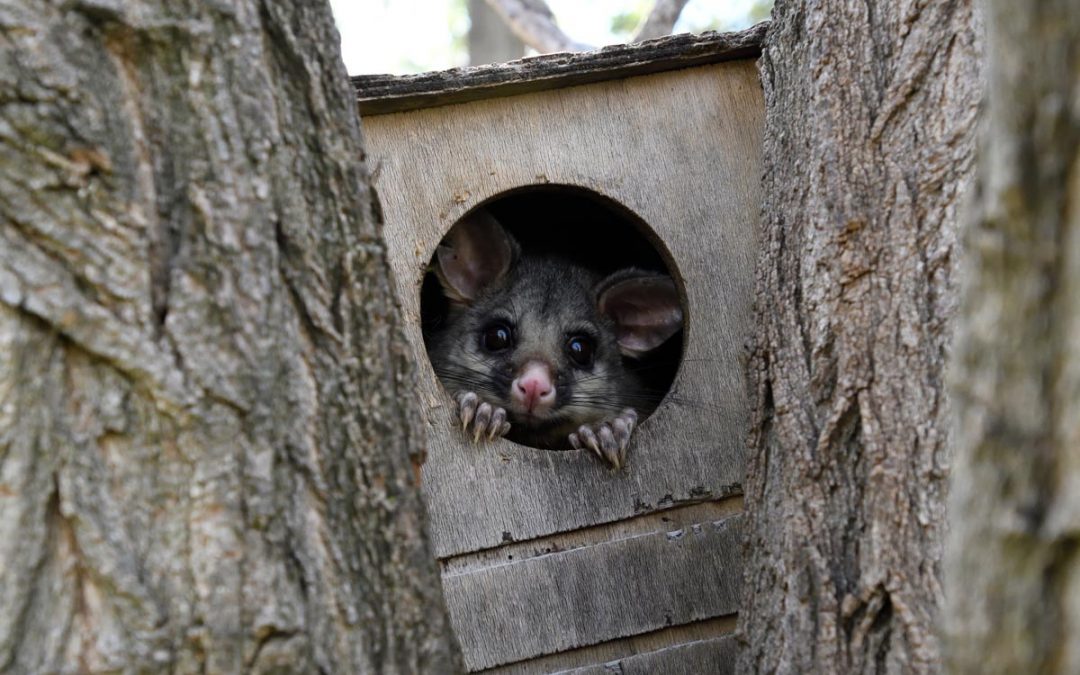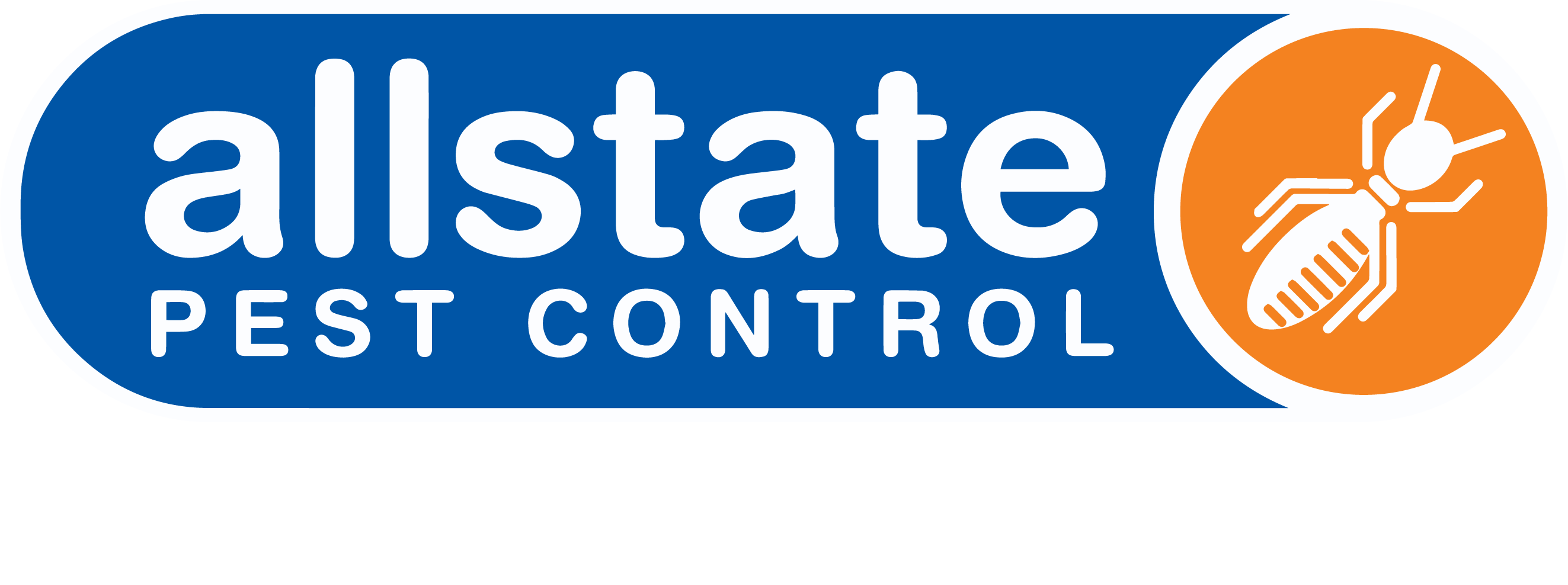
What does a Possum look like?
What does a Possum look like?
Possums might look cute and cuddly, but when they’re thumping across your roof at night or leaving droppings in your garden, they quickly become a serious pest.
Possums are noisy, messy, and one of the most common wildlife pests in Adelaide homes..
In this blog, you’ll learn what a possum looks like, how to identify signs of an infestation, and how to safely manage possum control in Adelaide.
What questions will this article answer?
What does a possum look like? (Adelaide guide)
Possums have large, dark rounded eyes, pointy ears and snouts, stocky furry bodies and long tails, as well as sharp claws and teeth.
Common possum species in South Australia
You’ll most likely encounter common brushtail and common ringtail possums in your backyard.
Signs you have a possum in your roof
Listen for thumping noises coming from your roof at night, as well as hissing and screeching sounds, scratches on your gutters and dark droppings.
How to stop possums from entering your home
Remove food and water sources, conduct regular yard maintenance and seal all access points to your roof.
Professional possum control
Requires a government-issued Trap and Release permit, and a relocation of the possum up to 50m away.
For reliable and humane possum management, choose Allstate
Available 24/7 to all suburbs of Adelaide for urgent advice to all possum-related issues, we practice safe and effective possum handling techniques.
What does a possum look like? (Adelaide guide)
There are over 20 known species of possums in Australia, and most of them look cute and cuddly! So, what does a possum look like in real life? With their big dark round eyes, dainty pointy ears and snouts, long fluffy tails, stocky furry bodies, and cosy pouches to carry their young, it’s a shame that they only tend to come out at night!
However, don’t be fooled by their appearance. They run fast, jump high, have sharp long claws to grip tree branches and long incisor teeth to gnaw at plant fibres. They aren’t afraid to bite and scratch when feeling threatened, so it’s best to stay a safe distance away if you notice possums around your yard.
While most of them prefer nesting above the ground in safe sheltered areas, such as tree hollows and thick vegetation, due to increased competition, they are now often found living in roof spaces in homes and businesses across Adelaide.
How to identify common possum species in South Australia
Common brushtail possum
Although there are 5 main species of brushtail possums in South Australia, the common brushtail possum is by far the most established household pest. Well adapted to urban environments, you’re most likely to see or hear common brushtail possums scampering across your roof at night.
Covered with short silvery-grey fur on their backs and sides and darker tufts around their head, their bellies often have creamy pale fur. Weighing up to 4kg and growing up to 55cm long, common brushtail possums are usually the size of a small cat.
Considered to be omnivorous, their diet consists of a variety of plants and sometimes even small lizards and insects.
Common ringtail possum
Known for their distinct, white-tipped prehensile tails which act as a fifth limb to firmly grasp tree branches, common ringtail possums are experts at climbing and jumping. For this reason, they tend to prefer living in dense bush or foliage rather than a built-up urban area, however, they are extremely adaptable and have been observed living in metropolitan backyards.
Their coat is typically grey-brown coloured, becoming whitish in colour around their bellies. Smaller in size than brushtail possums, common ringtail possums grow up to 35cm long and weigh around 1kg.
As herbivores, they will generally prefer eating eucalyptus leaves, herbs, flowers, rose buds and seeds, with the occasional piece fruit or exotic plants.
Protect your home from pesky possums, get expert advice today
 or
or
Signs you have a possum in your roof
Look for the following tell-tale signs of a possum problem:
- Droppings are usually 10-15mm long, cylindrical shaped and black-brown in colour. Look for them accumulating around the eaves
- Noises coming from your roof. Listen out for thumping and scampering sounds coming from your roof at night. You’ll often also screeching, hissing, squealing grunting or growling noises, and sometimes even clicking and chattering.
- Scratches on your gutters and roof tiles
- Understand what a possum home looks like. Check for nests and nesting material around your roof, especially an accumulation of leaves, bark and twigs
- Possum urine leaves behind an unpleasant ammonia-like smell
How to stop possums from entering your home
Regular yard maintenance
Trim vegetation back so that it comes no closer than 1.5m from your home. This includes overhanging branches, shrubs, flowers and bushes. Consider erecting mesh fencing around your veggie patch to keep hungry possums away.
Identify and seal all roof access points
Broken or dislodged roof tiles, vents and cracks, gaps or holes in your roof provide easy entry sites for possums to come inside. We recommended fixing or covering these vulnerable spots quickly to prevent possums from discovering them first.
Removing food and water sources
If you have a eucalyptus tree in your yard, chances are that there may be possums hanging around as they love munching on the leaves. However, they will eat leaves, fruit and flowers from other native and exotic trees, so it’s important to be mindful of which plants you choose to populate your garden. Minimising sources of fresh water in your yard, such as ponds, pet bowls or bird baths can also deter thirsty possums from visiting.
Get fast advice on identifying what possum problems look like today
 or
or
Safe and legal possum control
In Australia, possums are deemed to be protected wildlife in the Wildlife Act 1975, making it illegal to trap them without a special government-issued Trap and Release permit. If caught, you could potentially face a $5000 penalty.
However, Allstate is always here to help you. Our pest control technicians are all fully licensed to handle possums using safe and humane practices.
We’ll first confirm whether you have possums in your roof, and potentially even identify the species as our technicians have extensive knowledge of the behaviour and what each species of possum looks like. We’ll then locate all entry points and either install one-way doors or seal them off.
Following this, we’ll place cage traps with bait near the main entry points to capture the pest possums. Your technician will check these traps every day to ensure the welfare of any trapped live possums.
The possums will then be released to a new nesting box that has been setup within 50m of your home, as per guidelines.
To finish off, we know how messy possums can be, so we’ll make sure to clean and disinfect your roof space thoroughly to remove all traces of possum pheromone markers, and discourage them from ever returning to your roof.
For reliable and humane possum management, choose Allstate
At Allstate, we don’t want you to be kept awake at night by pesky possums thumping across your roof, hissing and fighting, and messing up your garden!
Since 1986, we’ve provided premium pest control services to homes and businesses all around Adelaide. Available 24/7 for all urgent enquiries, our highly trained, fully equipped and licensed pest control technicians are ready to assist you with innovative, safe and government compliant solutions to all your pest issues.
With competitive warranties and payment plans offered on all our services, you don’t need to put up with chaotic possums in your roof any longer. Speak to a friendly Allstate consultant today.







